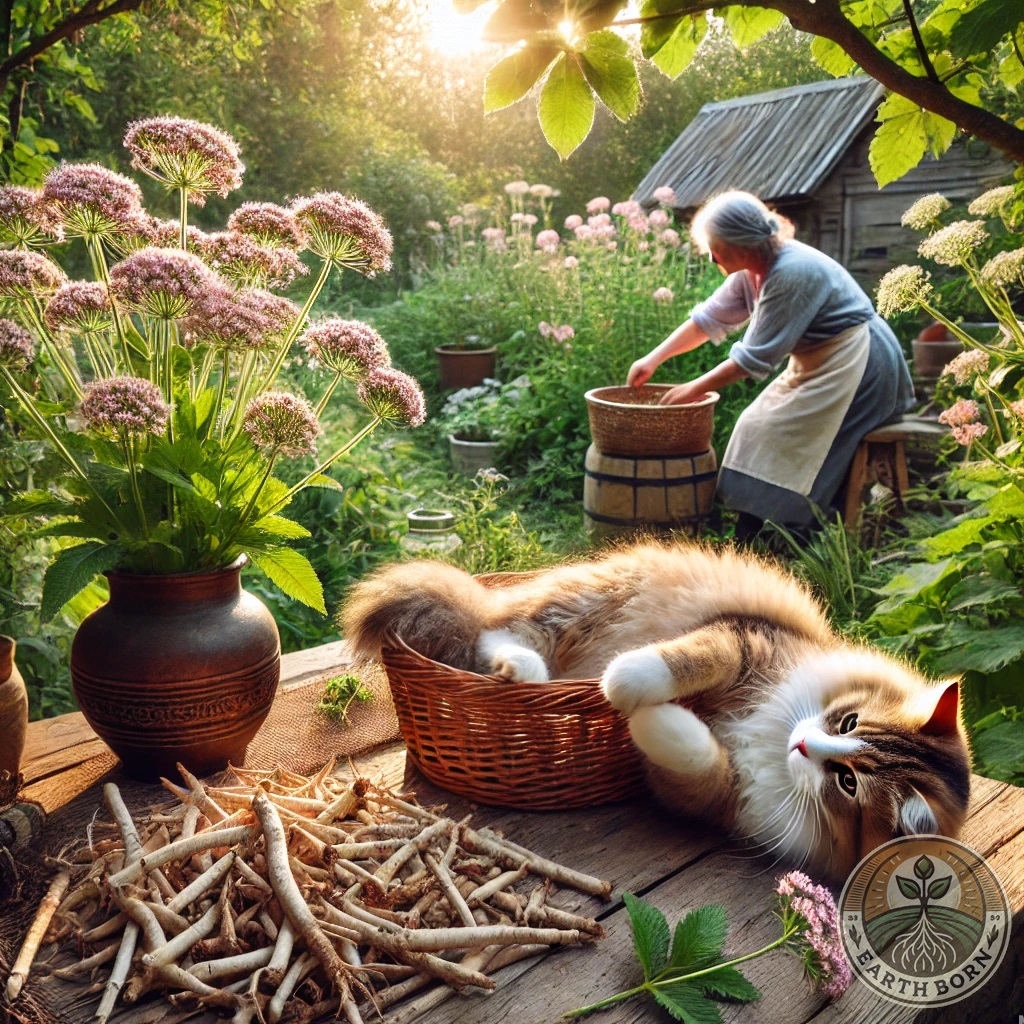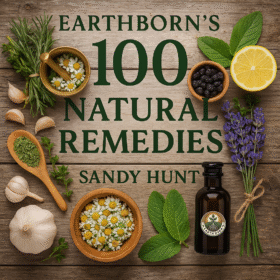
Valerian (Valeriana officinalis) is a powerful medicinal herb best known for its calming and sleep-inducing properties. Used for centuries as a natural remedy for insomnia, anxiety, and stress, this perennial herb is a must-have in any medicinal garden.
🌱 Medicinal Benefits
Valerian root is widely used in herbal medicine due to its natural sedative effects:
✅ Promotes Restful Sleep – Helps improve sleep quality and reduce insomnia.
✅ Reduces Anxiety & Stress – Works as a natural relaxant for the nervous system.
✅ Eases Muscle Tension – Relieves cramps, headaches, and muscle spasms.
✅ Supports Heart Health – May help regulate blood pressure and improve circulation.
✅ Aids Digestion – Can soothe stomach discomfort and relieve bloating.
Valerian is often taken as a tea, tincture, or supplement to experience these calming benefits.
📅 When to Plant Valerian in South Africa
Valerian grows best when planted in cooler seasons and thrives in various climates:
🌱 Early spring to autumn (March to May or August to October) is ideal for planting.
🌞 Prefers mild temperatures but can tolerate heat if watered well.
❄️ In colder areas, plant after the last frost or grow in pots to move indoors during winter.
📍 Where to Plant Valerian
Valerian is a tall, hardy plant that grows well in both gardens and containers:
🌿 Garden beds – Ideal for larger spaces as valerian can grow up to 1.5 meters tall!
🪴 Pots & containers – Suitable for smaller gardens and balconies.
🌱 Wild gardens & permaculture settings – Valerian attracts pollinators and enriches soil health.
🌞 Soil, Water & Sunlight Requirements
To grow strong and healthy valerian plants, follow these care guidelines:
🛑 Soil – Prefers moist, well-draining soil, rich in organic matter, with a pH of 5.5 – 7.5.
💧 Water – Keep soil consistently moist, especially in warm weather.
🌞 Sunlight – Grows best in full sun to partial shade (at least 4–6 hours of sunlight daily).
📏 Spacing & Growth Tips
Proper spacing ensures your valerian plants grow tall and strong:
✔️ Space plants 30–50 cm apart for good airflow and root development.
✔️ Cut back flowers before they seed to encourage root growth (or let them bloom to attract pollinators 🦋🐝).
✔️ Harvest roots in the second year for the most potent medicinal benefits.
🌿 Companion Plants & Common Pests
Valerian is an excellent companion plant and naturally repels some pests.
👯♂️ Best Companion Plants:
- 🌿 Chamomile – Enhances valerian’s calming effects.
- 🍃 Lemon balm – Creates a powerful herbal blend for relaxation.
- 🌼 Echinacea – Both herbs attract pollinators and boost immune health.
🚫 Pests to Watch Out For:
- Aphids & slugs – Can damage leaves; use natural repellents like neem oil.
- Root rot – Avoid overwatering to prevent fungal infections.
🎉 Fun Fact!
Did you know? Cats love valerian just as much as catnip! 🐱 The plant’s scent contains compounds that attract and excite felines—so don’t be surprised if your cat digs up your valerian patch!
🌱 Ready to Grow Your Own Valerian?
Whether you need better sleep, stress relief, or a natural remedy for tension, valerian is a fantastic medicinal herb to add to your garden. Start growing today and experience its relaxing benefits!
Would you like valerian seeds or growing tips? Let me know! 🌿💤✨


 **Meet Sprout!** Sprout is your friendly gardening companion at Earthborn, always ready with helpful advice on plant care, medicinal herbs, and natural gardening solutions. From seedling to harvest, Sprout provides expert guidance to nurture your garden and your well-being—making gardening easy, fun, and naturally rewarding.
**Meet Sprout!** Sprout is your friendly gardening companion at Earthborn, always ready with helpful advice on plant care, medicinal herbs, and natural gardening solutions. From seedling to harvest, Sprout provides expert guidance to nurture your garden and your well-being—making gardening easy, fun, and naturally rewarding.
